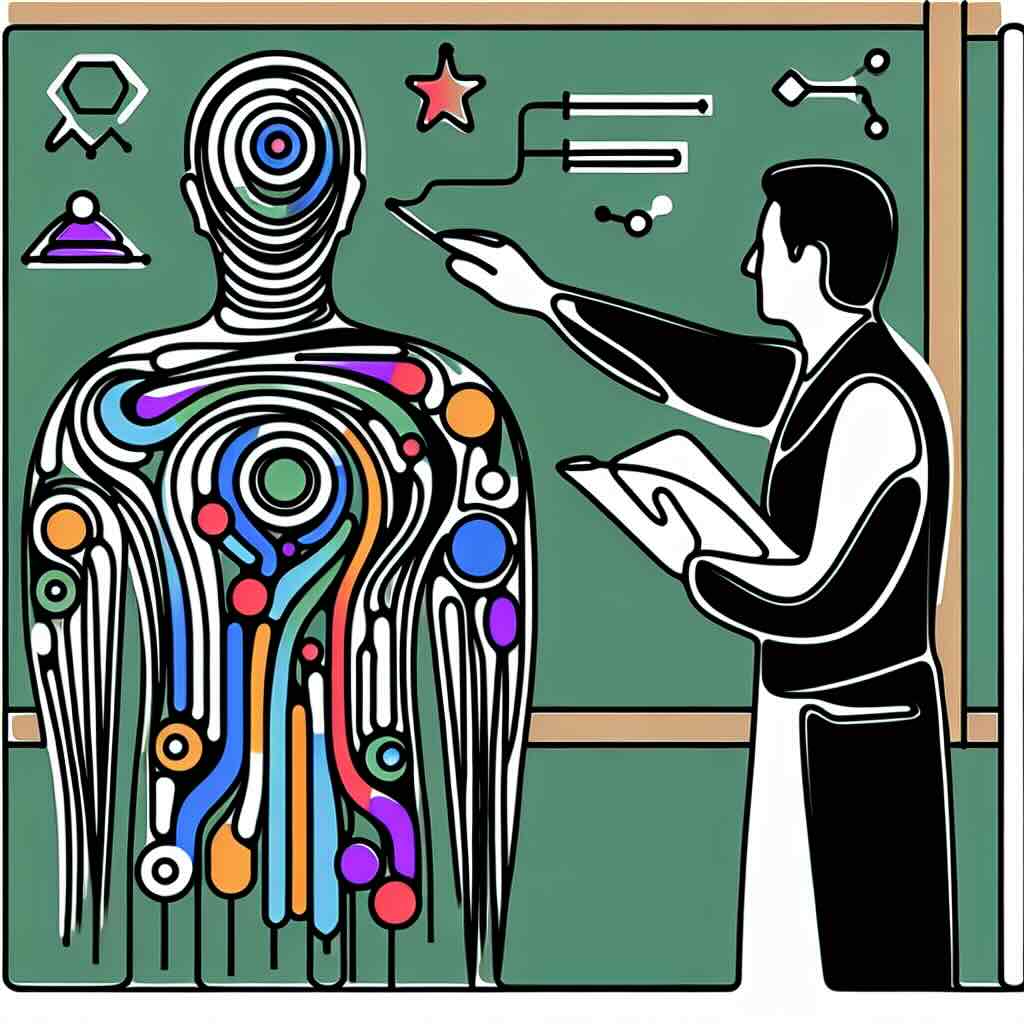The lifespan of digital content can be extended with sustainable instructional design best practices
In today's fast-paced educational environment, sustainable instructional design is essential for creating learning materials that stand the test of time. This approach ensures that learning experiences remain relevant, effective, and adaptable, minimising the need for frequent updates. By focusing on sustainable practices in instructional design, educators can improve learning experiences while fostering resource efficiency.
Contents
1. Introduction to Sustainable Instructional Design
2. Principles of Long-Lasting Learning Materials
3. Strategies for Developing Sustainable Content
4. The Role of Technology in Sustainable Instructional Design
5. Evaluating and Updating Sustainable Learning Materials
6. Risks
7. Benefits
8. One thing you can try
9. Conclusion
10. Try it yourself
11. Related topics
Introduction to Sustainable Instructional Design
Sustainable instructional design involves developing learning materials that are immediately effective and also durable and adaptable for the longer term. This approach aims to create resources that can be utilised over extended periods without requiring significant alterations. At its core, sustainable design focuses on quality over quantity, emphasising the creation of content that remains relevant and impactful. By integrating principles of sustainability into instructional design, you can foster learning environments that evolve with minimal disruption and resource consumption.
Principles of Long-Lasting Learning Materials
To design sustainable learning materials, it is essential to adhere to certain principles that ensure longevity and relevance. Fundamental principles include clarity, flexibility, and learner-centricity. Clarity involves presenting information in an easily understandable manner to avoid the need for frequent clarifications. Flexibility ensures that materials can be adapted to various teaching contexts and technological advancements. Lastly, learner-centricity focuses on addressing core learning needs, guaranteeing the material's ongoing applicability and effectiveness. Emphasising these principles helps create resilient educational content that transcends temporal and contextual changes.
Strategies for Developing Sustainable Content
Several strategies can aid in the development of long-lasting educational materials. One effective method is modular design, which allows for easy updates and adaptations without overhauling entire course materials. Additionally, employing universal design principles ensures that content is accessible to a diverse range of learners, adding to its longevity. Incorporating evidence-based pedagogical practices also enhances the sustainability of instructional materials. By rigorously evaluating the efficacy of different teaching methods, you can integrate those that demonstrate lasting educational value into the design phase.
The Role of Technology in Sustainable Instructional Design
Technological advancements play a significant role in sustainable instructional design. Leveraging digital tools and platforms can enhance the adaptability and reach of learning materials. For instance, using cloud-based resources ensures that content is easily accessible and can be updated in real-time. Technology also facilitates the creation of social learning opportunities, such as forums, which can mix historically valuable contributions alongside space for new contributions from current learners. By staying abreast of technological trends and integrating them thoughtfully, educators can create dynamic and enduring learning experiences.
Evaluating and Updating Sustainable Learning Materials
Regular evaluation of learning materials is crucial to maintaining their relevance and effectiveness. Sustainable instructional design includes establishing a systematic review process, which involves gathering feedback from learners and educators, assessing the impact of the materials, and making necessary adjustments. This iterative process ensures that content remains aligned with educational goals and learner needs. Updating materials doesn’t always mean major changes; often, small, incremental updates can significantly extend the life of learning resources. Consistently evaluating and refining content guarantees that it continues to be a valuable educational tool.
Benefits
Designing in sustainable instructional design offers numerous advantages, including reduced resource expenditure, enhanced learner satisfaction, and improved educational outcomes. Sustainable materials require fewer frequent updates, leading to cost and time savings. They also provide a consistent learning experience, benefiting both educators and learners. Moreover, by ensuring that materials remain effective and relevant, educators can foster deeper and more meaningful learning experiences that contribute to long-term knowledge retention.
Risks
However, there are potential risks and challenges associated with sustainable instructional design. One risk is the initial time and effort required to develop high-quality, adaptable materials. Additionally, without regular review, there is a possibility that materials become outdated or less effective over time despite their initial robustness. Another challenge is ensuring that all educators have the necessary skills and resources to implement sustainable design principles effectively. Addressing these risks requires careful planning, ongoing professional development, and supportive infrastructure.
One thing you can try today
Reflect on a current piece of learning material you're using. Identify one aspect that could be modularised or made more flexible. For instance, consider segmenting a comprehensive lecture into standalone units that can be easily updated or adapted for different contexts. Take 15 minutes to outline how you can redesign this material to enhance its sustainability. This exercise will provide a practical experience in modular content creation and help you understand the benefits of flexibility in instructional design.
Conclusion
Sustainable instructional design is a forward-thinking approach that emphasises the creation of enduring, adaptable, and effective learning materials. By focusing on principles such as clarity, flexibility, and learner-centricity, and by leveraging technology, educators can develop content that meets long-term educational goals. Regular evaluation and updates further ensure that these materials continue to provide value over time.
Try it yourself
1. Conduct an audit of your current learning materials and identify areas needing improvement.
2. Implement modular design strategies to enhance the flexibility and adaptability of your content.
3. Schedule regular evaluations and updates to ensure sustained relevance and effectiveness.
Related topics
- Modular Instructional Design
- Universal Design for Learning (UDL)
- Evidence-Based Teaching Methods
- Technological Integration in Education
By embracing sustainable instructional design, educators can not only enhance their teaching effectiveness but also contribute to a more efficient and impactful educational landscape.







